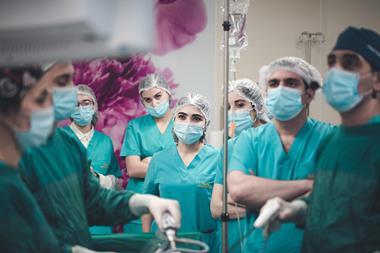LITHUANIA – High-risk pension funds in the Lithuanian second pillar generated a 13% return last year.
The more conservative funds, in which the vast majority of Lithuanians invest, reported an 11% return, while the funds with virtually no equity exposure only returned 6.5%.
Only 6% of the approximately 1m members in the second pillar invest in the high-risk funds, which have an equity exposure of 80%.
On average, all 30 funds in the system – each of the 10 providers offers several risk categories – returned 11.2% despite “very turbulent” financial markets, according to the Lithuanian central bank, which supervises the pensions system.
The net asset value in the funds increased by €726.5m over the year, most of which was down to investment returns, bringing assets in the second pillar to €4.8bn.
The central bank added that the funds had received “a little more than €300m” from the state social insurance scheme Sodra in 2012.
Third-pillar funds posted similar returns of around 11% from €108m in assets under management.
The Lithuanian second pillar, established in 2004, was a source of great confusion last autumn due to a change in government.
Parliament passed a number of reforms in mid-September, yet, before the legislation went to a mandatory second vote, October’s parliamentary elections resulted in a change of administration.
Voters turned against the previous administration’s austerity policies, giving the Labour Party and Social Democratic Party enough seats to form a coalition with a number of other parties.











No comments yet